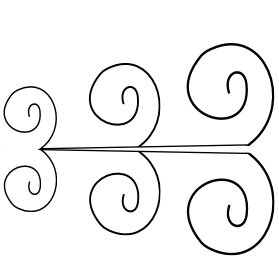Published review from PAN March 2024.
JS BACH ed. TIMOTHY LANE TWO VERSIONS OF A MASTERPIECE PARTITA IN A MINOR BWV 1013 (ORIGINAL) & TRANSPOSED AS PARTITA IN G MINOR (WITH OSSIA PASSAGE-WORK)
My first thought when seeing this piece come across my desk was, yet another publication of the Bach Partita! Oh dear, does the flute world need another edition of JS Bach’s Partita? On closer inspection it is a very thoughtful and engaging publication. Yes, it deserves to be looked at and studied. The original is published here without any editorial markings which is always a good thing. Then Timothy Lane publishes the whole work down a whole tone in the key of G minor. What is this madness? one might ask. He explains that lowering the pitch is to duplicate what was most commonly heard when the Partita was written. He explains that the pitch then would be A=392 where today it is most common to play at A=440/442. He also has written many ossia passages that flautists will enjoy playing and exploring. I found these very interesting and a fresh way to think about how I shaped and phrased the original. I found reading through the Partita in G minor oddly challenging. Not only was it challenging for finger patterns when the original is so ingrained in my brain, but it was also a welcome challenge for my ears! Tim Lane studied with many of the great American flute players: Maurice Sharp, Harold Bennett, Alexander Murray and Claude Monteux. He has taught at the Interlochen Arts Academy, the Cleveland Institute of Music and is an Emeritus Professor at the University of Wisconsin-Eau Claire. While a student at the Cleveland Institute he took theory classes where he often rewrote Bach’s chorales in a number of ways. … [and} … he wishes that flautists exploring the Partita in the new key, and with his added ossia passages, will enjoy studying this work in an insightful way. I know I always come back to the Partita with fresh eyes after listening to other works of Bach and Tim Lane’s fresh approach is a welcome way of looking at this great work. SUSAN TORKE
